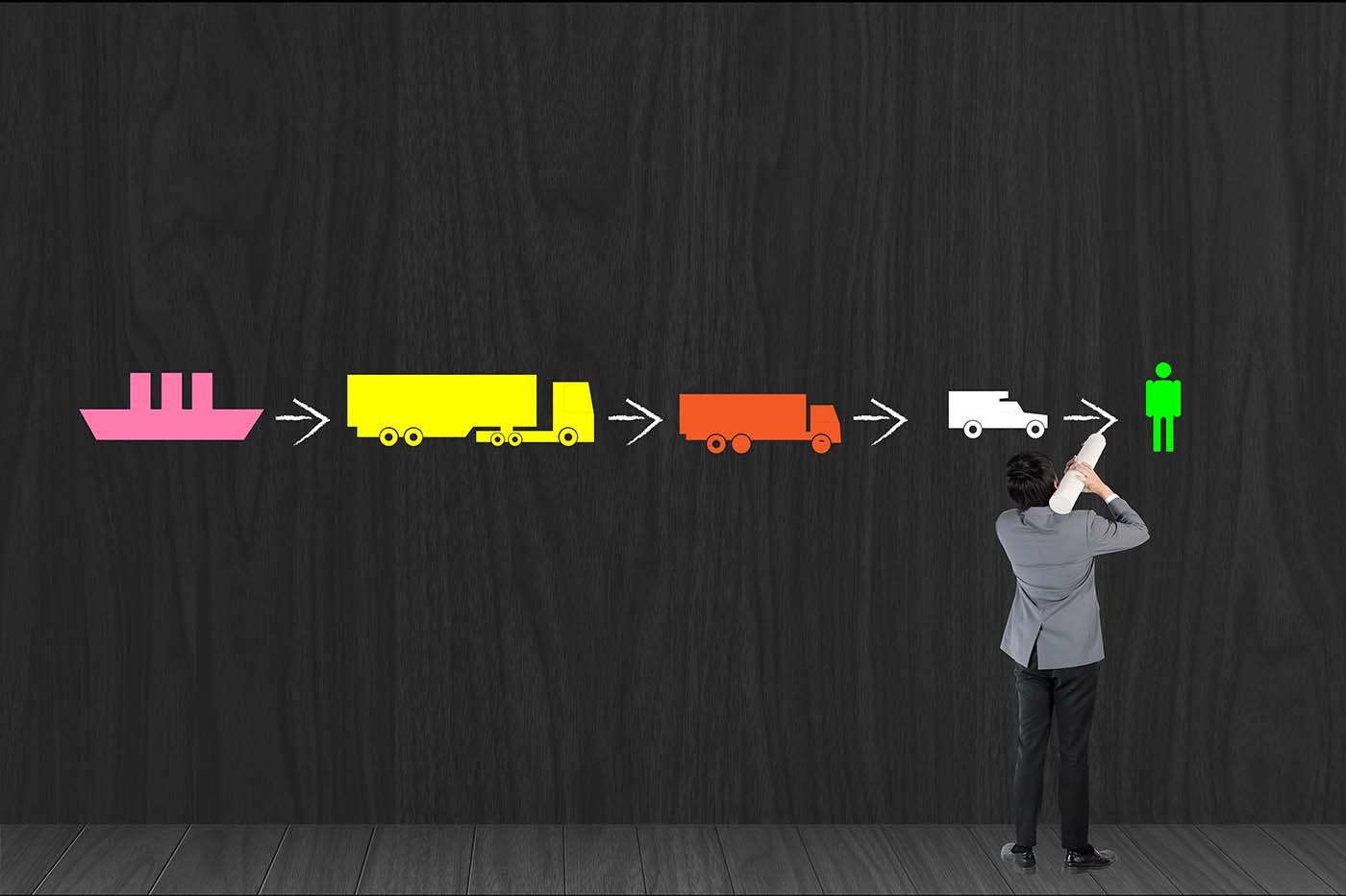Visibility and Transparency are Climbing the List of C-Suite Priorities in 2022
The path to a post-pandemic normalcy continues to be rocky. Supply chains, despite much progress, remain vulnerable to disruptions. Cleo CEO Manesh Rajasekharan shares why more firms are focused on deeper visibility for their B2B and ecosystem integrations.
by Mahesh Rajasekharan, CEO, Cleo
Tags: B2B, Cleo, integration, modernization, supply chain,

CEO

"As we contend with ongoing supply chain and business process disruptions from the pandemic, visibility and transparency are at top of the C-suite “to-do” list."
 Modern Application Development for Digital Business Success
Modern Application Development for Digital Business SuccessAs someone working in supply chain integration and enterprise technology for most of my career, I’ve seen a constant evolution in C-Suite priorities as organizations navigate both the opportunities and challenges of modernization.
Since the COVID-19 pandemic began, these prioritization cycles have quickened as companies struggle to adapt to the pandemic’s significant and wide-ranging business impacts.
From my current perspective at a global firm specializing in ecosystem integration technology, there are several emerging priorities we’re seeing in the market and hearing about directly from our 4,000+ customers. These include
- more collaboration platforms for hybrid and remote work;
- larger and more complex IoT integrations; and
- increased automation to help overcome the limitations of scale and quality assurance tied to manual processes.
Underlying all these advances, however, is the need for greater visibility and transparency across the extended enterprise or business “ecosystem,” and the connected systems that support its end-to-end operations.
Especially as we contend with ongoing supply chain and business process disruptions from the pandemic, let’s examine how visibility and transparency are earning their place at top of the C-suite “to-do” list at a growing number of companies.
COVID-19 Has Raised the Stakes for Enterprise Visibility
One of the ironies of COVID-19 is that the disruption it presents to business operations hasn’t changed the sky-high consumer expectations for service. In fact, the public’s own challenges with lockdowns enhanced reliance on e-commerce and other digital services.
Against this backdrop, visibility and transparency have become indispensable for managing customer relationships. Companies that can provide exceptional visibility into things like product availability, the status of purchase orders, transportation status, proof of delivery, and more will have a competitive advantage over those that can’t.
Lingering impacts from the pandemic continue to stymie supply chain and broader business operations for many companies. Even without a global health crisis, visibility into assets and operations is never a simple thing, but these ongoing disruptions have further complicated the task.
In response to these heightened pressures, more and more companies are making foundational investments in the cloud in order to cope and adapt. Fortunately, there’s an increasingly wide range of tools and strategies to ensure visibility into these enhanced systems and capabilities.

Target Integration Investments for Maximum Impact – EDIs and APIs
With the right strategic investments in enterprise visibility and transparency, organizations can build stronger customer relationships and reap better and more actionable insights from data on an ongoing basis.
Some of the most strategic investments focus on gaining enterprise visibility as organizations modernize their EDI (Electronic Data Exchange) and API (Application Programming Interface) systems.
Let’s start with EDI.
The modernization of EDI capabilities can accelerate routine business transactions, improve information accuracy, and help companies manage customer and partner expectations in real-time.
But such implementations can’t succeed without adequate visibility into where and how these powerful new capabilities are being applied to enterprise systems and data. That would be a recipe for fractured relationships, not to mention lost profitability.
Companies can avoid that fate with the right EDI visibility that provides a centralized dashboard view of exchanges across the enterprise.
The story is much the same with API visibility.
API-based integrations set the framework for sharing information with partners and help shape the architecture for how software typically gets built in today’s SaaS environment. As such, API visibility through a dynamic and accessible dashboard ensures a clear and actionable view into the meta-architectures you need in place to do technical experiments and iteratively grow capabilities.
For both EDI and API integrations, the key to obtaining visibility lies in accessible dashboards and related cloud-based B2B integration capabilities that produce a unified view and actionable insights for your architectures. Critically, your visibility solutions should be as accessible as they are comprehensive.
No Matter The Flavor, Visibility is Lynchpin for Successful Integration
Technologists and business users alike should be able to peer into any and all of the integration points related to any and all sorts of transactions taking place within your ecosystem at any given time. In other words: Users should have the ability to discern their business impacts through role-based insights so that anyone can quickly assess and act on this intelligence as quickly as possible.
Investing in visibility into your enterprise-wide integration ensures agile, resilient and efficient operations across your whole business – not simply within the enterprise, but to all suppliers and partners.
Organizations that ensure they have visibility can also assure they have more control and responsiveness – and even improve value to their whole business and operations ecosystem. And to go one step further, companies can enable continuous delivery and continuous improvement when they engineer for real-time visibility.
In summary, as enterprises continue to navigate through supply chain woes and business process hurdles, they can take heart in the fact that a growing range of options for deploying modern integration solutions exists to help dynamically sense and intelligently respond to change.
As this happens, C-suite executives are increasingly looking to tools for enhanced visibility and transparency as the lynchpin for success in optimizing these integrations for maximum agility and competitive advantage.
Mahesh Rajasekharan is Chief Executive Officer of Cleo, a provider of Cleo Integration Cloud brings together end-to-end integration visibility across API, EDI, and non-EDI integrations. Mahesh has 15 years’ experience as a senior software executive and obtained a PhD in Industrial Engineering from Texas A&M University.
Related:
- Tray Advantage Program To Speed, Simplify AI-Powered Automation for Enterprises
- Removing Barriers to Business by Enabling Agility & Control with Ecosystem Integration
- 98% of Enterprises Struggle To Maintain, Rebuild Integrations for Key Business Apps
- ThreatX Adds API Visibility, Protection Capabilities To Defend Against Real-Time Attacks
- Cleo Adds To EDI Ecosystem with Low-Code, Pre-Built Logistics Integration Solution
All rights reserved © 2025 Enterprise Integration News, Inc.


